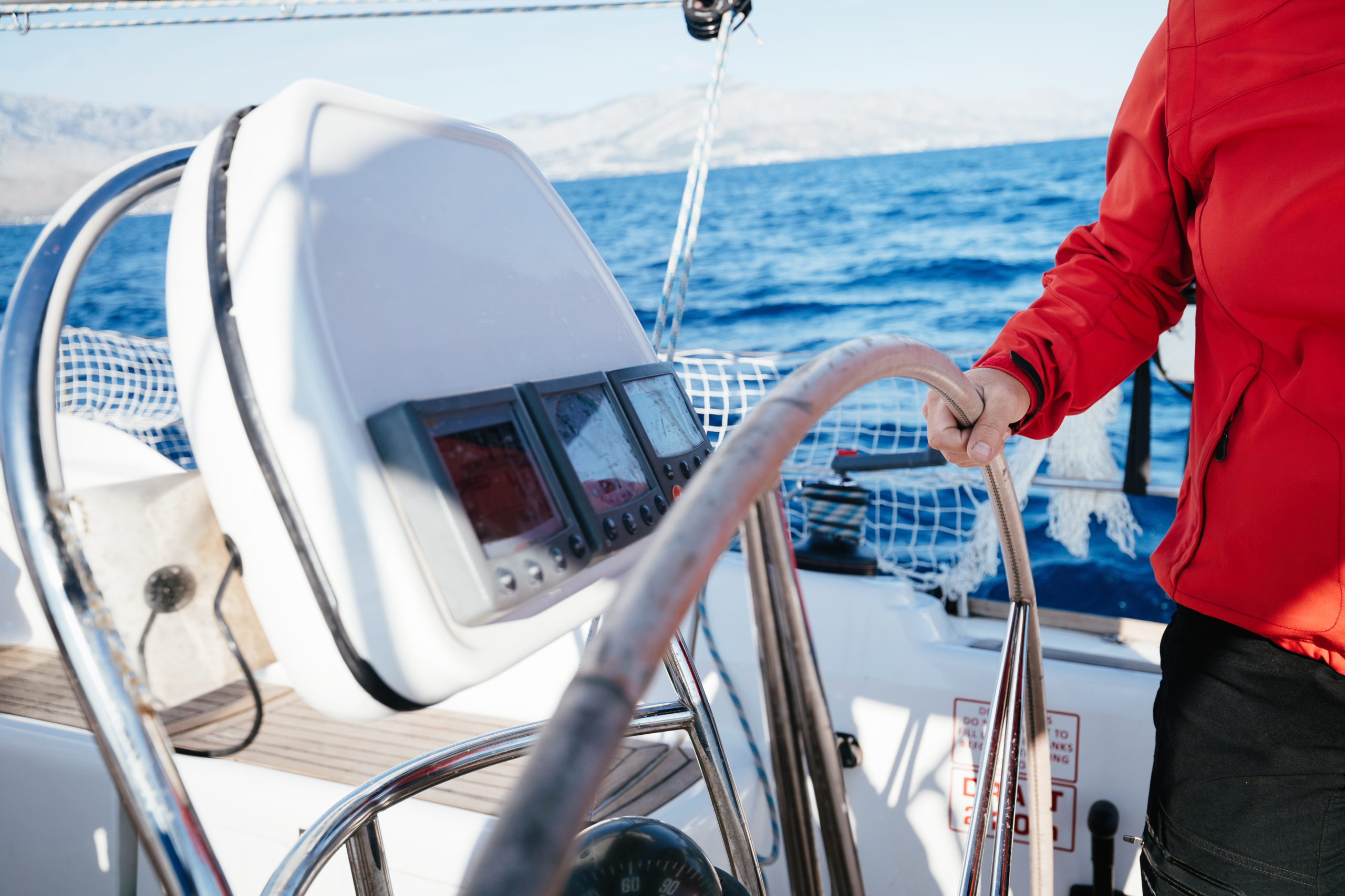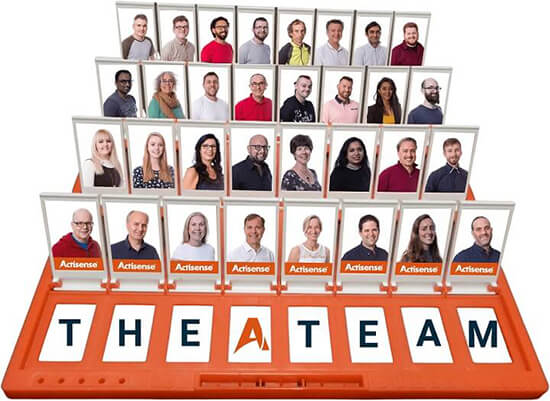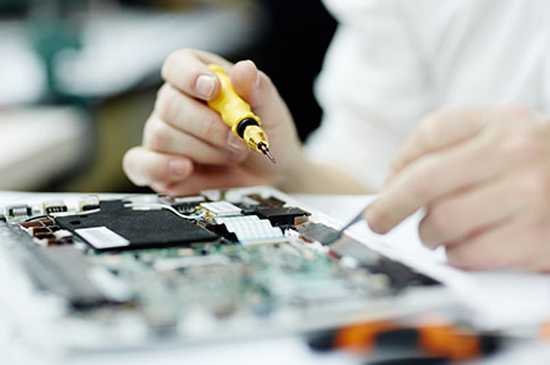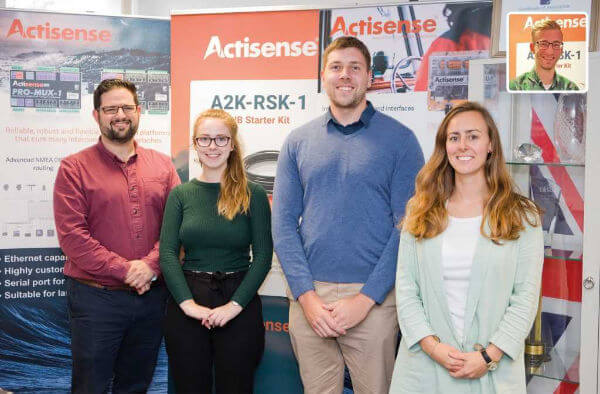Is it time to buy an Autopilot?

Buying and installing a new Autopilot is satisfying for any boat owner. The addition is bound to save you headaches and you’ll finally be able to focus on other things such as the weather or your surroundings. But how much can you actually rely on your Autopilot, and is it really worth the hefty price tag?
What is an Autopilot?
Autopilots (Automatic Pilots) are systems that assist with the control, direction, and trajectory of a vessel without continual manual input from the operator. Autopilots are NOT designed to replace humans, and there will always be a condition where the AP (Autopilot) cannot be used.
The Autopilot market is large, with a vast range of systems, from the simplest Tiller pilots through to the extensive, complex systems used on commercial vessels and passenger ships, plus everything in between. The main question that needs to be asked, is, what Autopilot is suitable for my boat?
To answer this, the vessel’s power, weight, and size all need to be considered, so an AP with enough strength and capability can be chosen. If you are unsure, the best way to find a suitable AP is to speak to a certified NMEA installer, or directly with the manufacturer.
There are 2 types of Autopilots, Above-Deck and Below-Deck:
- Above-Desk systems are usually Tiller or Wheel autopilots, found on smaller vessels. They are straightforward and simple to operate, often using a small motor, and cost less than a Below-Deck system.
- Below-Deck systems are larger and more complex, which are typically found on larger vessels. The added complexity enables the Autopilot to perform more operations, and offer better steering, especially in tougher conditions.
A simple 12V Tiller Pilot is perfectly capable of controlling a 30ft cruising boat in calm waters but would not be capable of piloting a 300 Tonne commercial vessel. The same goes the other way, where it would be unnecessary over kill to have a commercial level autopilot on your 30ft boat (and it probably wouldn’t operate as it would pull too much power. The biggest AP systems use a lot of juice!).
Autopilots are designed to remember the vessel heading, and then keep the vessel on this course by adjusting the rudder position/force. Normal sailing conditions are no problem for an autopilot, however, when the winds and current are strong, or the vessel starts to oversteer or understeer, the quality of your selected Autopilot will determine how well it copes with this.
A typical Below-Deck Autopilot consists of these components:
- A Course Computer, which is the ‘smarts’ of the Autopilot. The computer processes the data input into the Autopilot system and determines how to adjust accordingly.
- Heading sensor or electronic compass:
This lets the Autopilot system determine which direction the vessel is headed. A gyro compass can be used for more accurate steering as it can be used to monitor the Rate Of Turn (ROT). - Drive unit – Either an electric motor or hydraulic pump that operates and moves the rudder
- A Control Unit, which is the user interface. This is where the autopilot can be engaged or disengaged, and course adjustments can be input. All users of this unit must be familiar with how to disengage the Autopilot in the case of an emergency.
- Rudder feedback sensors. Whilst these are not essential, they help to steer more accurately by comparing the rudder angle with the ROT.
A modern system will quite often combine most of these into one unit, making for a simpler installation. It’s worth mentioning that this isn’t just the case for Below-Deck complex systems, as the simple Above-Deck Tiller Pilots can also have units that combine most of these into one.
What are the Benefits and Drawbacks of an Autopilot?
Benefits
- Autopilots don’t get tired or lose concentration, making them an excellent addition for long voyages.
- The system can act as an extra crew member, allowing a short or one-man crew to focus on other tasks whilst the Autopilot handles the steering (Crew members should always pay attention to their surroundings, remember that Autopilots do not have eyes and ears).
- Using an Autopilot can save you money by making the journey more fuel-efficient as they steer accurately, getting you to the selected destination faster. This system works best when a GPS is also integrated.
- Some more advanced systems can be self-learning, where they retain helm positions and understand what adjustments to make to avoid over or understeer.
- Autopilot systems can be used with other on-board electronics, which opens up options such as using Waypoints through your Chartplotter / MFD.
Drawbacks
- As with all electronics, Autopilot systems can fail at any point. For this reason, it is best practice to either have a backup Autopilot or have a crew capable of navigating without the Autopilot.
- Should the system fail or need recalibrating whilst out at sea or in a foreign country, this can prove problematic if the fault cannot be diagnosed or explained in a way that the technician can understand.
- A common reason that Autopilots fail is water ingress. If water gets into the drive motor and causes corrosion, the Autopilot may fail, or at best may struggle to steer the boat causing erroneous data.
- Autopilots, especially higher power ones with more drive capability use a large amount of electricity. In rough conditions where the Autopilot is having to work extremely hard to keep the vessel on course, the system is under more strain both mechanically and electrically. In extreme weather conditions, it is advisable to disengage the Autopilot.
- The lower power, ‘slower’ Autopilots may be too slow in making direction adjustments, potentially putting you in a dangerous situation. This is another reason why the awareness of user and crew is essential; in case the system must be disengaged suddenly.
How does this tie in with our products?
The Actisense NGW-1 Bi-directional conversion gateway is ideal for interfacing NMEA 0183 instruments with NMEA 2000 instruments. The gateway can convert NMEA 0183 waypoints into NMEA 2000, and vice versa. A common application for the NGW-1 that has been confirmed by Raymarine Engineers to work well is the use of our NGW-1 with the Raymarine Evolution Autopilots. However, the NGW-1 isn’t limited to just Raymarine devices. For example, if you have an NMEA 2000 GPS and want to feed this data into your NMEA 0183 Autopilot, the NGW-1 can convert your GPS PGNs into the relevant NMEA 0183 sentences.
The full conversion list for the NGW-1 latest firmware can be found here.





